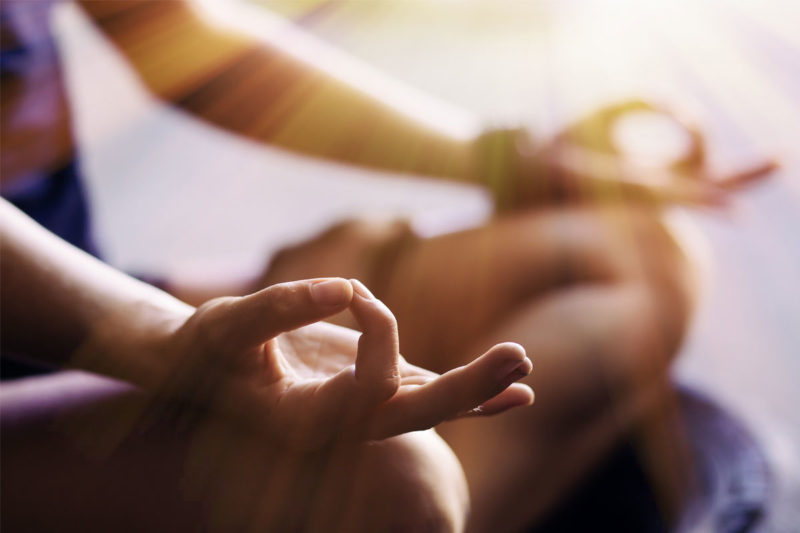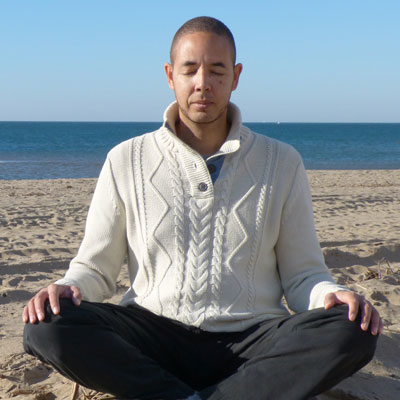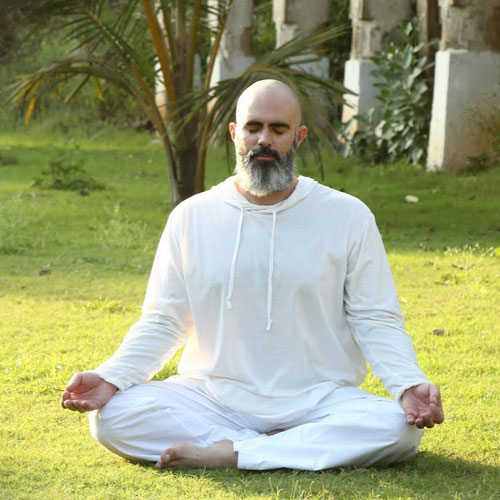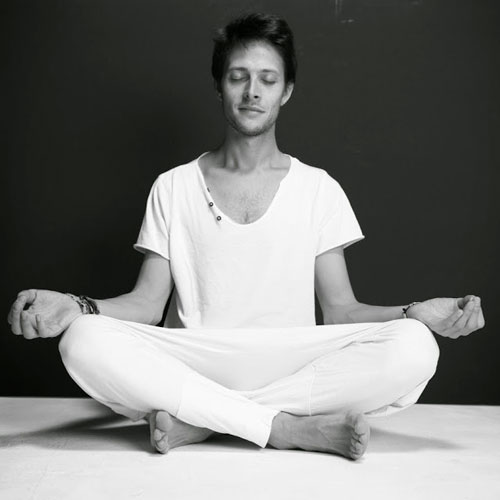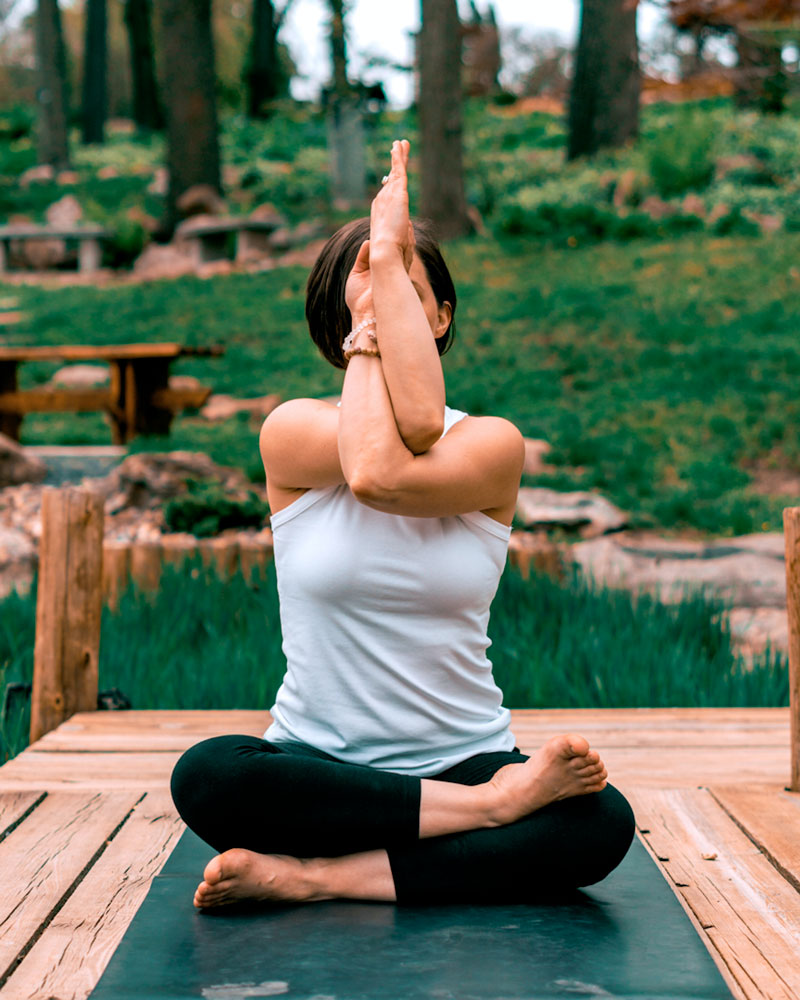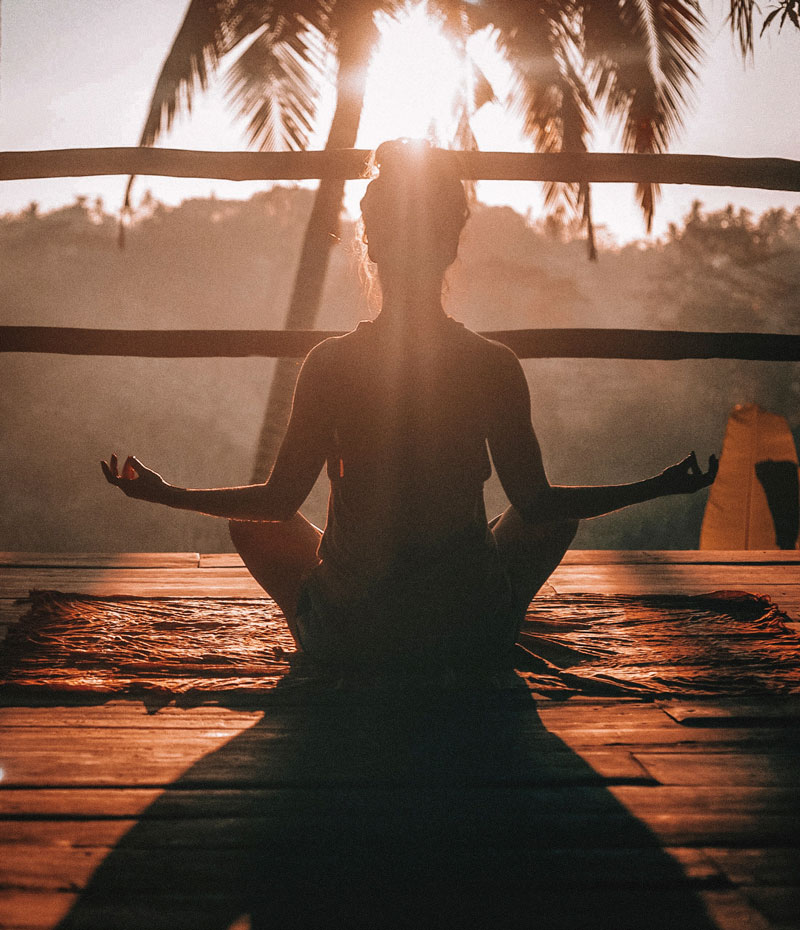Managing stress better, sleeping better, halting the constant stream of thoughts… Meditating makes it possible to keep a positive mindset nearly all the time. Here are our three pieces of advice to follow to find your way to wellbeing.
Breathing in, breathing out… Breathing is something that comes naturally, and we do it without thinking. Our minds are far too busy going over the last argument we had with the kids in a continuous loop, or going through our frighteningly long to-do list. Meditating, though, makes it possible to no longer be “dictated to” by your thoughts, to let them pass like clouds in a blue sky, to reconnect with the here and now, and with the simple and essential things in life, like breathing.
1- Set a meditation slot aside in your appointment calendar
The best way to get into a new lifestyle routine is to find a slot in your appointment calendar and stick to it. For some this will be in the morning before starting the day’s tasks; for others it will be at the end of the day as a way of winding down. So what’s the right time? The one that suits you best.
You can also meditate while doing something else, for example while walking or doing the housework, doing the shopping, etc. Because the aim of mindful meditation is not to halt thoughts or to think of nothing, but to connect your attention fully with the present moment.
At home, if you find it difficult to keep your eyes closed, you can light a candle and concentrate on the dancing flame. And whenever your mind wanders… Bring it back to the flame. Without using a candle, it’s “enough” to concentrate on your breathing whilst repeating “I’m breathing in and I know I’m breathing in”, or “I’m breathing out and I know I’m breathing out.” Presented this way, the exercise seems easy, super easy even. But meditating takes practice and needs to be regular. So it’s better to meditate for 10 minutes three times a week than for an hour every two weeks. Since thoughts often put up some resistance, with regular practice you’ll learn to let them pass without lingering over them, without paying them the least bit of attention.
2- Get into it with the right app
Books, YouTube channels, apps, free live sessions on Instagram… There are a great many tools out there to help you get started. It’s up to you to find the voice that suits you best (there’s no way you can let go of things with an irritating voice in your ears). The following are among the YouTube channels that you can try: Monsieur Mindfulness, Cédric Michel, Mike Méditation, Jonathan Lehmann, Catherine Paquet. If you prefer sounds to voices, you can find dedicated playlists on music platforms (Tibetan bowls, nature sounds, etc.). There are also apps, which are easy for beginners to use (Namatata, Petit Bambou, etc.). Familiarising yourself with meditation is a good thing, however you go about it. As you practise, over time you’ll find what really suits you.
3- In the lotus position, seated or lying down: meditating in the right position
Whether you sit cross-legged or on a chair with your feet on the ground and a straight back, the important thing is to find a position in which you’re comfortable without slouching. Ideally, have a dedicated space for your mat, and most importantly your cushion (called a Zafu). This allows you to raise your buttocks slightly and therefore cross your legs more easily in the lotus position (crossed-legged, with your left foot on your right thigh and your right foot on your left thigh). Mindful meditation can also be done lying down… But there’s a good chance that you’ll fall asleep. So favour this position in the evening.
Meditating is not that difficult. The hardest part is getting started!
You will very quickly see the beneficial effects of meditation on your mood, the way you approach things, and even some kinds of physical pain. Meditation is not just about relaxing. It’s about observing what’s happening – within you, on the outside and in your life. By teaching your brain to not let itself be overrun by thoughts, meditation allows you to manage stress better and keep calm more easily – even when you’re no longer in the lotus position.


